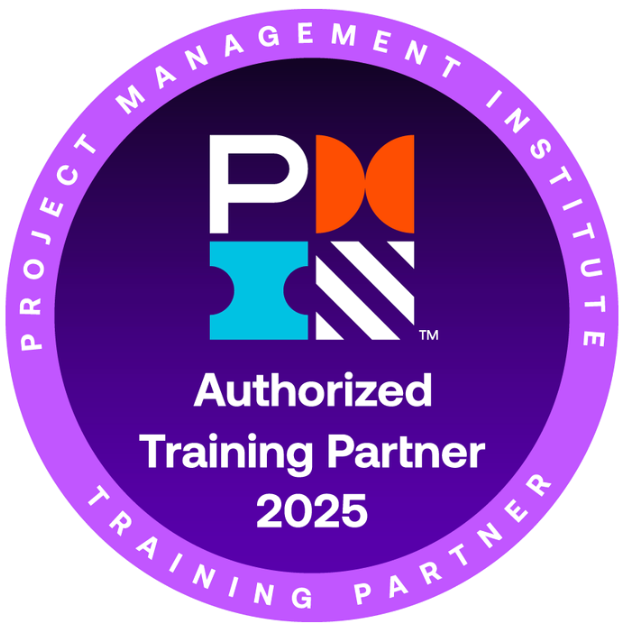Top 10 PMP® Exam Questions (with Answers & Explanations)
Are you preparing for the PMP® Exam and feeling unsure about where to focus your efforts? At Business Masters & Consultants LLC, we’re dedicated to helping you succeed on your journey toward PMP® certification. In this post, we've compiled a list of the top 10 PMP® Exam questions that are commonly asked in the test, along with detailed answers and explanations to enhance your understanding.
Whether you’re a seasoned project manager or just starting out, these practice questions will give you a competitive edge and help you identify areas to focus on during your study sessions. Let’s dive in!
1. What is the primary purpose of the Project Charter?
Answer:
The Project Charter authorizes the project and provides the project manager with the authority to apply organizational resources to project activities.
Explanation:
This is a key document in initiating a project. It formally starts the project and is signed by the project sponsor. The charter includes high-level project information, such as objectives, scope, stakeholders, and constraints. Understanding the purpose of the Project Charter is crucial for ensuring the alignment of project goals with organizational strategy.
2. What are the five process groups in project management?
The five process groups are:
- Initiating
- Planning
- Executing
- Monitoring & Controlling
- Closing
Explanation:
These process groups provide a structured approach to project management. They define the stages in the project lifecycle, helping ensure that projects are executed efficiently and effectively. Each process group contains various processes that project managers use to control the project's scope, time, cost, quality, and risk.
3. What is the difference between Work Breakdown Structure (WBS) and Scope Statement?
Answer:
- Work Breakdown Structure (WBS): A hierarchical decomposition of the total project scope into manageable sections.
- Scope Statement: A detailed description of the project’s deliverables and work required to create them.
Explanation:
The WBS is a tool for defining and organizing the project work into smaller, manageable components, while the Scope Statement provides a detailed description of the project scope, including objectives, deliverables, and boundaries. The WBS is more about how the work is divided, whereas the Scope Statement defines the work itself.
4. Which of the following is a key component of the Project Management Plan?
a) Stakeholder Register
b) Risk Management Plan
c) Resource Breakdown Structure
d) Work Authorization System
Answer:
b) Risk Management Plan
Explanation:
The Project Management Plan includes all the subsidiary plans that guide the project's execution. The Risk Management Plan is a crucial component that identifies the approach to managing risk in the project, from risk identification to response planning.
5. Which technique is used to prioritize the risks in a project?
Answer:
The Risk Matrix (or Risk Probability and Impact Matrix) is used to prioritize risks by assessing their likelihood and impact.
Explanation:
The Risk Matrix helps project managers focus on the most critical risks that could affect the project's success. By analyzing both the probability of occurrence and the impact, project managers can prioritize the risks and take proactive steps to mitigate them.
6. What is the purpose of Earned Value Management (EVM)?
Answer:
Earned Value Management (EVM) is used to assess a project’s performance by comparing the planned progress to actual progress in terms of cost and schedule.
Explanation:
EVM is a powerful tool that helps project managers determine whether a project is on track by analyzing Cost Variance (CV), Schedule Variance (SV), and other indicators like the Cost Performance Index (CPI) and Schedule Performance Index (SPI). It helps in making informed decisions for project adjustments.
7. What is the Critical Path Method (CPM) used for in project management?
Answer:
The Critical Path Method (CPM) is used to determine the longest sequence of activities in a project that must be completed on time for the project to finish on schedule.
Explanation:
The Critical Path is the sequence of dependent tasks that directly affect the project’s finish date. Any delay on the critical path tasks will delay the entire project. Understanding the critical path allows project managers to focus on critical activities and allocate resources accordingly.
8. What does Scope Creep refer to in project management?
Answer:
Scope Creep refers to uncontrolled changes or continuous growth in the project’s scope, without proper authorization or without updating the project plan.
Explanation:
Scope creep occurs when new tasks, features, or requirements are added to the project without properly assessing the impact on time, cost, or quality. It often leads to project delays and budget overruns. Controlling scope creep is essential for maintaining project success.
9. What is the main goal of the Monitor and Control Project Work process?
Answer:
The main goal of this process is to track, review, and regulate the progress and performance of the project, identifying any changes needed to achieve the project’s objectives.
Explanation:
This process ensures that the project remains aligned with its objectives and scope. It involves comparing actual performance against the project management plan and making corrective actions if necessary.
10. What does the Communication Management Plan specify?
Answer:
The Communication Management Plan defines the communication needs of the project stakeholders, outlining what information needs to be communicated, how, when, and by whom.
Explanation:
Effective communication is vital for project success. The Communication Management Plan ensures that stakeholders are kept informed throughout the project lifecycle. It details communication formats, frequencies, channels, and methods, ensuring transparency and reducing misunderstandings.
Final Thoughts on PMP® Exam Preparation
These 10 PMP® Exam questions represent just a small portion of the topics you'll encounter during your preparation. To ensure success, it’s crucial to not only memorize answers but also understand the underlying principles and concepts behind each topic.
For those looking to further strengthen their knowledge and skills, Business Masters & Consultants LLC (BMC) offers comprehensive project management training, consultancy, and resources designed to help you pass the PMP® exam with flying colors. Visit our website at BMC Trainings to explore more about our PMP® exam prep courses and to access valuable resources.
Helpful Links:
- PMI’s Official PMP® Exam Information
- BMC Training: PMP® Exam Prep Courses
- PMP® Exam Study Tips and Strategies
- Risk Management in Project Management
By focusing on these key questions and studying with the right resources, you’ll be well on your way to PMP® certification success. Good luck, and we hope to see you succeed on your exam!



